MRCS PART A COURSE IN BANGLADESH
MRCS - A কোর্স শুরু করুন মাত্র ২ হাজার টাকায়
Course Details
- 50 + Classes
- 21 Mock Tests
- 1500+ Question Practice
- Duration - 6/3 Months
Course Time
- Class Day
- Single Class: Sunday
- Class Time
- 3:00 pm – 6:00 pm (Bangladesh Time)
Course Fees
- Admission Fees: 2000/- BDT
- Monthly fees: 4000/- BDT
- Total= 6 x 4000 + 2000 = 26,000/- BDT
- Single Payment: 24,000/- BDT
প্রিয় চিকিৎসক, আমাদের কোর্স Details পেতে নিচের তথ্য গুলো পুরন করুন । ধন্যবাদ
যে কোন প্রয়োজনে যোগাযোগ করুন আমাদের WhatsApp নম্বরে
কেন MRCS-A কোর্সটি SsAcademy তেই করবেন ?
এম আর সি এস কোর্স বলতে একটা সময় বাংলাদেশে শুধু একটি প্রতিষ্ঠানই ছিলো- এস এস একাডেমি।। এত বছর ধরে এই সাফল্য বজায় রেখেছে।।
এম আর সি এস এই কোর্সে শুধু জ্ঞান অর্জন না, সেই জ্ঞান বাস্তবিক জীবনে প্রয়োগ করানো শেখানো হয়।। পরীক্ষায় আত্মবিশ্বাস নিয়ে পাশ করার পথ দেখানো হয়।। এমনকি প্রতি সিস্টেম এর পর পরীক্ষা নেয়া হয় যেন পরীক্ষার সময় ভয় না লাগে।। শুধু তাই না।। 2০০০ এর উপরে প্রশ্ন উত্তর এবং ব্যাখ্যা সহ দেয়া আছে, যা এই কোর্সকে আলাদা করেছে বাকি সব কোর্স থেকে।।
আমাদের ক্লাস গুলো কেমন হয়?
নতুন ব্যাচ শুরু ১১ জানুয়ারি ২০২৬ থেকে
Days
Hours
Minutes
Seconds
যে কোন প্রয়োজনে যোগাযোগ করুন আমাদের WhatsApp নম্বরে
কোর্সে কি কি পাচ্ছেন ?
- আমাদের এই কোর্সে লেকচার নোট গুলো বই আকারে দেয়া হয়, যেটাতে প্রতি বিষয়ের উপর প্রশ্ন উত্তর এবং সেগুলোর ব্যাখ্যা বিশ্লেষণ করা আছে।।
- এই কোর্সে প্রতি সিস্টেম এর পর মক পরীক্ষা নেয়া হয়, যাতে প্রতি ডাক্তারের পড়াশোনার গতি বোঝা যায়।।
- এই কোর্সে ২০০০ এর উপরে প্রশ্ন উত্তর এবং ব্যাখ্যা দেয়া থাকে, যাতে আলাদা করে কোন কিছু কিনতে না হয়।।
- ক্লাস গুলো সরাসরি করা যায়, আসতে না পারলে অনলাইনে করা যায়। একান্ত করতে না পারলেও রেকর্ড থাকে, যাতে সবাই নিজের সময় মত করে পড়ে নিতে পারে।।
- সবচেয়ে বড় বিষয় হলো, অন্য গতানুগতিক কোর্সের মত, অনলাইনে কে আসলো না আসলো - কেউ জানে না, এমনটা হয় না।। ইন্টারেক্টিভ কোর্স বলতে এটা ইন্টারেক্টিভই।। প্রত্যেকের সাথে আলাদা আলাদা করে কথা বলা হয়।।
- পরীক্ষার জন্য যে টিপস এ্যান্ড ট্রিকস প্রয়োজন, যা আত্মবিশ্বাসের সাথে উত্তর দিতে সাহায্য করবে, সেটার কৌশলও এই কোর্সে শেখানো হয়। সেই সাথে পরীক্ষার হলে সময়ের মধ্যে উত্তর দিতে পারার টিপসও দেয়া হয়।
- জ্ঞান অর্জন শুধু পরীক্ষার উত্তরের জন্য না, বাস্তবিক জীবনেও প্রয়োগ করা শেখানো হয় এই কোর্সের মাধ্যমে।।
আমাদের মেন্টর প্যানেল
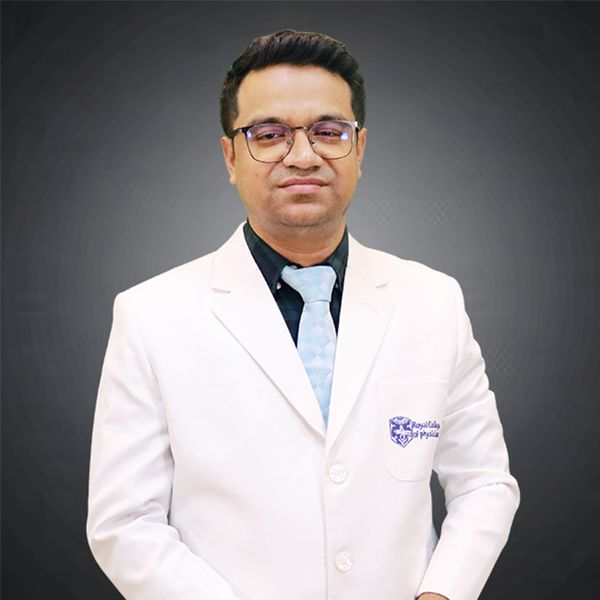
Dr. Kazi Sadman Ahamed
- MBBS (Enam Medical College)
- MRCS (Edinburgh)
- Registrar, BRB Hospitals Ltd
- Mentor– Ss MRCS (UK), SsAcademy
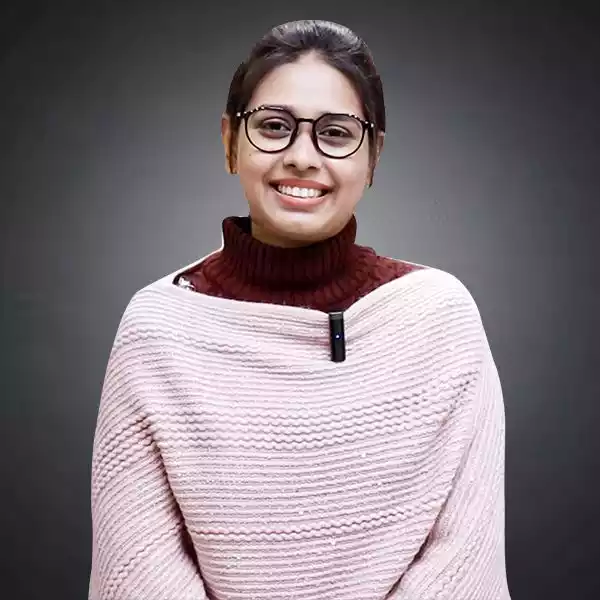
Dr. Sunsila Jabrin
- MBBS, MRCS (Edin), Lecturer
- Anwer Khan Modern Medical College and Hospital
- Mentor of MRCS (UK), SsAcademy
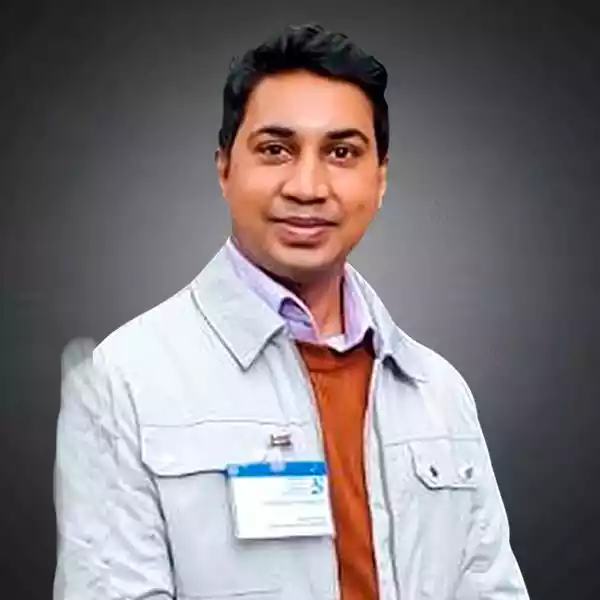
Dr. Shubhendu Chakraborty
- MBBS (Mymensingh Medical College), MRCS (Edin)
- Trauma & Orthopedics - NHS England
- Mentor of MRCS (UK) at SsAcademy
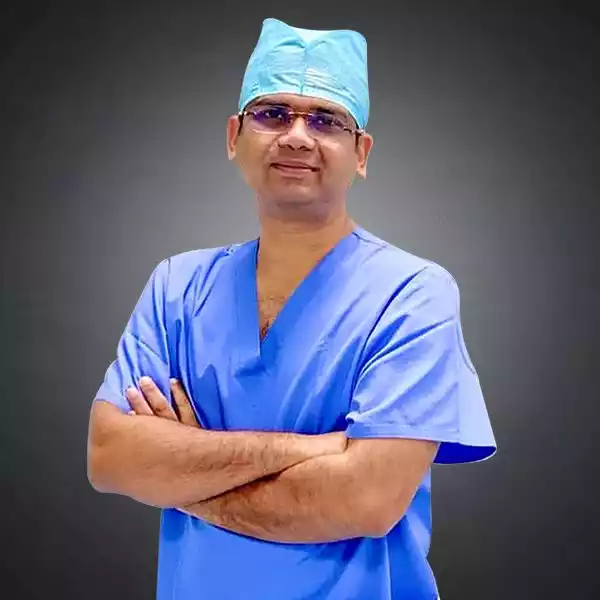
Dr. AB Shahriar Ahmed Fuad
- MBBS, MRCS (Edin) FCPS (Surgery),
- MS (Urology) Associate Professor - Urology
- Enam Medical College
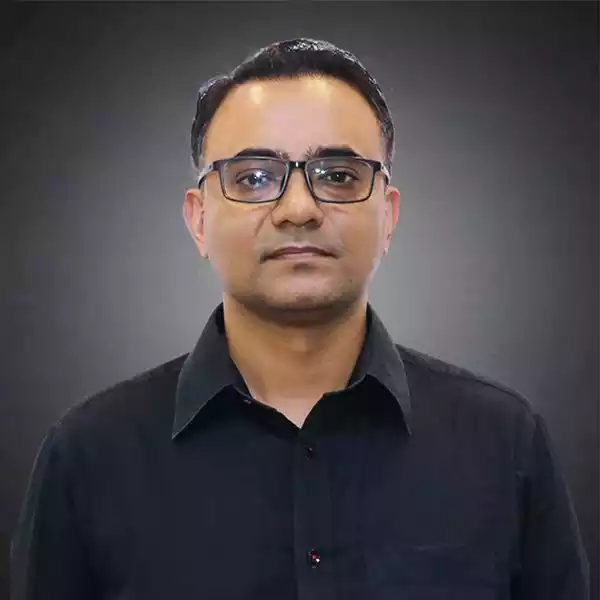
Dr. Rezwanul Karim Shams
- MBBS, MPH, MRCS (Edin)
- HMO, NITOR.
- Mentor of MRCS (UK) at SsAcademy

Dr. Sabiha Tabassum Mithila
- MBBS, MRCS
- Mentor– Ss MRCS (UK), SsAcademy
যে কোন প্রয়োজনে যোগাযোগ করুন আমাদের WhatsApp নম্বরে
ENROLL NOW
প্রিয় চিকিৎসক, আমাদের কোর্স Details পেতে এবং কোর্সে ভর্তি হতে নিচের তথ্য গুলো পুরন করুন ।
যে কোন প্রয়োজনে যোগাযোগ করুন আমাদের WhatsApp নম্বরে

